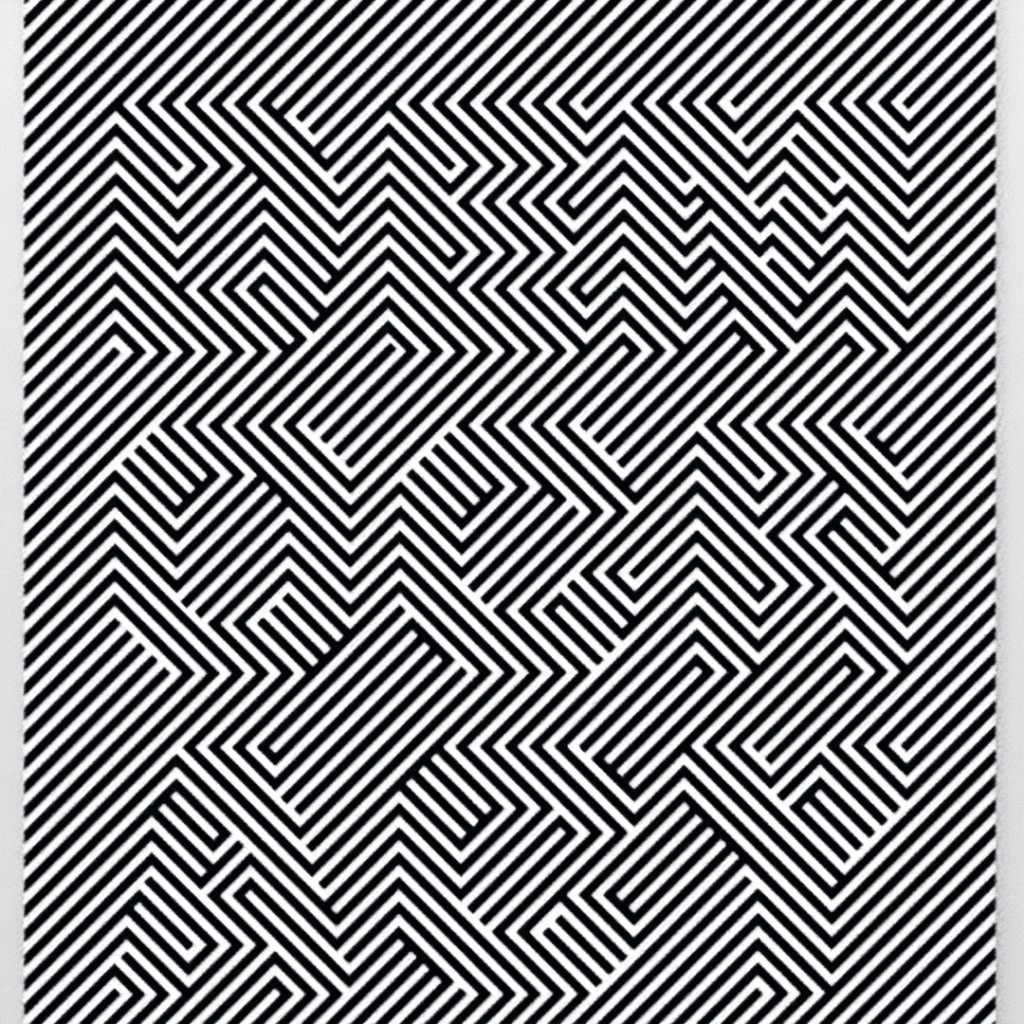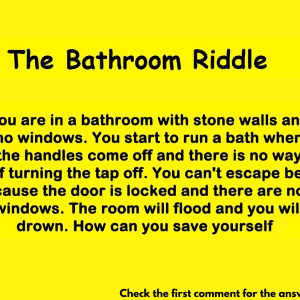Optical illusions have fascinated us for centuries, pushing the limits of how our brain interprets what our eyes see. These mind-bending visuals often deceive us into perceiving depth, movement, or hidden images within simple designs. In this article, we’ll explore a particularly captivating optical illusion: a black and white striped image that seems ordinary at first glance but reveals hidden mysteries when studied closely.

Optical illusions are a perfect blend of art and science. They exploit the way our brains process visual information, often leaving us questioning what is real and what is an illusion. The illusion in this case may look like a straightforward arrangement of black and white stripes, but the more you look at it, the more your mind is challenged.
- Perception vs. Reality: Our brains constantly work to interpret the visual world, but they rely on shortcuts and assumptions to do so. When an image disrupts these assumptions—such as through contrasting shapes or unexpected patterns—we experience an optical illusion.
- The Role of Contrast: In this particular illusion, the sharp contrast between black and white makes our eyes focus on certain parts of the image more than others. The mind tries to make sense of the rhythm and arrangement of the lines, and in doing so, it often uncovers something that wasn’t apparent at first glance.
Let’s walk through the process of solving an optical illusion like the one described—a black and white striped pattern that hides a deeper mystery.
- Observe the Basic Elements: Start by acknowledging what’s in front of you—black and white stripes, arranged with sharp angles and a rhythmic pattern. The simplicity might make you think there’s nothing more to the image, but don’t be fooled.
- Pay Attention to Movement: Some optical illusions create a sense of movement, even when the image is static. Does this illusion seem to shift or pulse when you focus on it? If so, that’s the illusion playing tricks on your visual cortex.
- Shift Your Focus: To truly crack the code, don’t just stare at the center. Move your eyes across the entire image, from corner to corner, and note any changes in perception. Do some shapes stand out more than others when viewed from a different angle?
- Use Peripheral Vision: Sometimes, the secret to solving an illusion isn’t in the direct focus but in your peripheral vision. Let your eyes relax and take in the whole image—this can help reveal hidden figures or patterns.
- Connect the Dots: Finally, start to piece together what you’ve observed. The illusion may start to reveal something beyond just lines and shapes—perhaps a word, image, or symbol becomes apparent.
In the case of this particular illusion, the answer to the visual puzzle is “Democracy.” It’s a word that may not have seemed visible at first but was cleverly hidden within the design. This is a great example of how optical illusions challenge our brains to look beyond the obvious and explore deeper meanings.
- Why “Democracy”?: The use of a powerful concept like democracy adds another layer to the illusion. It’s a reminder that just like in visual illusions, understanding democracy requires careful observation, analysis, and thoughtfulness. The simple act of voting, for example, may seem straightforward, but the deeper workings of a democratic system require a nuanced understanding.
Did you manage to crack this optical illusion? Were you able to uncover the hidden word “Democracy”? Share your experience in the comments below and challenge your friends to see if they can solve it as quickly as you did!
Optical illusions are a fun and interactive way to test your brainpower, and they’re even more enjoyable when shared with others. Whether you got the answer right or learned something new, these visual puzzles offer a fresh way to challenge yourself.
Optical illusions aren’t just a feast for the eyes—they’re a workout for the brain. By engaging with these visual puzzles, you improve your cognitive skills, enhance your ability to think critically, and even gain insights into how your brain works. So next time you come across an illusion, take the time to study it carefully. The hidden meaning may surprise you!


